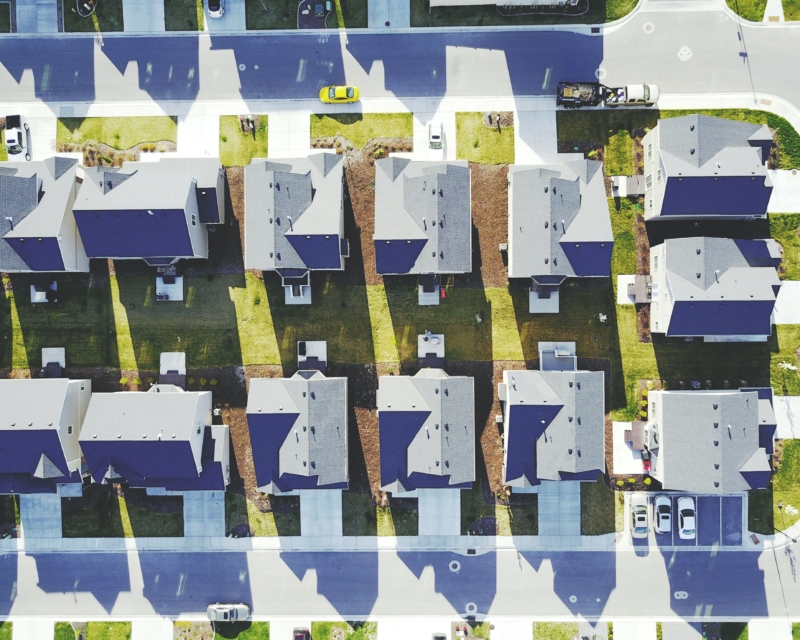Mortgage Applications Surge as Rates Hit Two-Month Low, Igniting Homebuyer Demand
In a significant rebound for the housing market, a key measure of home-purchase applications has climbed to its highest level in six weeks, fueled by a substantial drop in mortgage rates. The Mortgage Bankers Association’s (MBA) index of mortgage applications rose by 3% last week compared to the previous week, marking the third consecutive week of gains, according to data published Wednesday.
The notable decline in mortgage rates has been a pivotal factor in reigniting consumer interest in home purchases. The average rate on the widely popular 30-year loan plummeted to 7.41%, a substantial drop from the recent figure of 7.91%, just four weeks ago. This represents the lowest level for mortgage rates in the past two months.
Additionally, mortgage buyer Freddie Mac reported on Wednesday that the average rate on a 30-year loan slid to 7.29%, a further decrease of 0.15% from the previous week. While these rates remain above the pandemic-era lows of 3%, they are offering a significant relief for potential homebuyers.
The 15-year mortgage, often favored by homeowners seeking to refinance, saw its average rate drop to 6.67%. This decline in rates has stimulated housing demand, with applications for mortgages to purchase homes rising by 4% for the week. However, despite the recent surge, application volume remains down 20% compared to the same period last year.
Refinancing activity also experienced a slight uptick, rising by 2% from the previous week. Nevertheless, compared to the same time last year, refinance applications are down by 4%.
Joel Kan, the MBA vice president and deputy chief economist, noted, “U.S. bond yields continued to move lower as incoming data signaled a softer economy and more signs of cooling inflation. Most mortgage rates in our survey decreased. Mortgage applications increased to their highest level in six weeks, but remain at very low levels.”
The housing market has been highly sensitive to interest rate fluctuations, with the recent surge in rates following the Federal Reserve’s tightening campaign causing a rapid cooling in the market. Policymakers have increased the benchmark federal funds rate 11 consecutive times since March 2021 to combat inflation and slow economic growth.
While the Federal Reserve has hinted at another rate hike this year and expectations of sustained elevated rates, many economists believe the central bank is nearing the end of its tightening cycle. This expectation has contributed to a reduction in mortgage rates, providing relief to a housing market that has been grappling with both subdued consumer demand and limited inventory.
The scarcity of homes for sale has been a persistent issue, with the total number of homes, including those under contract but not yet sold, falling by 4% in September compared to the same period a year ago. A recent report from Realtor.com revealed a staggering 45.1% decrease in available home supply from pre-pandemic levels in early 2020.
Despite challenges, the recent drop in mortgage rates is breathing new life into the housing market, offering a glimmer of hope for prospective buyers and sellers alike. As the market navigates the delicate balance of affordability and inventory, all eyes remain on the trajectory of interest rates and their impact on the real estate landscape.





